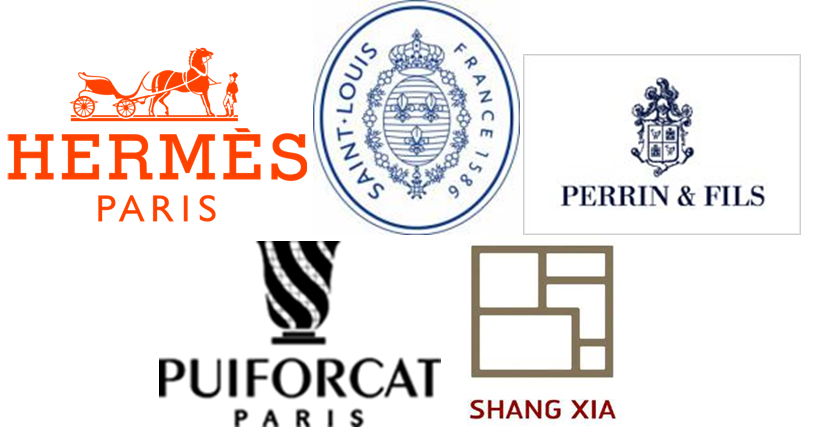The brand portfolio
represents all the trademarks owned and used by a company. It musts normally be
balanced and consistent. When different brands are sold under the same parent
brand or under an umbrella brand, this consistency is especially important.
Different brands
within a portfolio should, if possible, allow synergies in the field of
communication, production or distribution. The brand portfolio is often an
essential part of the value of a company.
Concerning Hermes,
it was at the beginning a manufacture of equipment for horses. But over time,
Hermes has diversified, expanding its activities: leather goods, perfumes,
ready-to-wear, watches, tableware, home and lifestyle. To excel in all these
areas, Hermes has adapted buying (totally or partially) other brands of fame:
In 1976, John Lobb,
the shoemaker of the royal british family, partially belongs to Hermes.
“Cristallerie Saint-Louis” is the oldest glassworks in France since 1586.
Hermes becames the major shareholder since 1989. At the same time, the weavings
”Perrin & Fils” know the same fate with 39% of the parts. Then, the
goldsmith Puiforcat in the 90’s is purchased in totality like the silk house
BUCOL in Lyon. Shang Xia, the «chinese Hermès», opens its first point of
sales in China en 2010.
Some brands are
sold in Hermes shops like Saint Louis or Puiforcat. On the contrary, Shang Xia
has independent shops. Even if these brands are not directed in the same way,
they all contribute to the growth of the brand Hermes. This portfolio gives an
image of openness and willingness to go looking for the best quality
everywhere. It is an essential part of the value of a company in the brand
equity.
Another famous
brand portfolio concerns, of course, Louis Vuitton. Indeed, the first activity
was luxury leather goods. But in 1987, an important alliance was born with Moët
& Chandon champagnes named LVMH. It’s simply the beginning of the most
important story of brand portfolio...
In 1998, Louis
Vuitton diversifies with ready-to-wear collections, shoes and perfumes,
followed in 2009 by jewellery and high jewellery and then in 2012, watchmaking
and stationery. In the LVMH group, Louis Vuitton owns 70% of the annual
turnover of “fashion & leather” division, before all the other brands like
Kenzo, Fendi, Givenchy or Céline.
The LVMH
group is an interesting example of brand portfolio because it does not bring
more credibility or added value to the brand Louis Vuitton but rather a
diversification, an additional “business” in term of profitability. On the contrary,
the original brand is not drowned by the others because Louis Vuitton stays the
leader brand of the LVMH group.
Nicolas
Sources:
·
Wikipedia.fr
·
Hermes.com
·
LVMH.fr
·
louisvuitton.fr



Aucun commentaire:
Enregistrer un commentaire